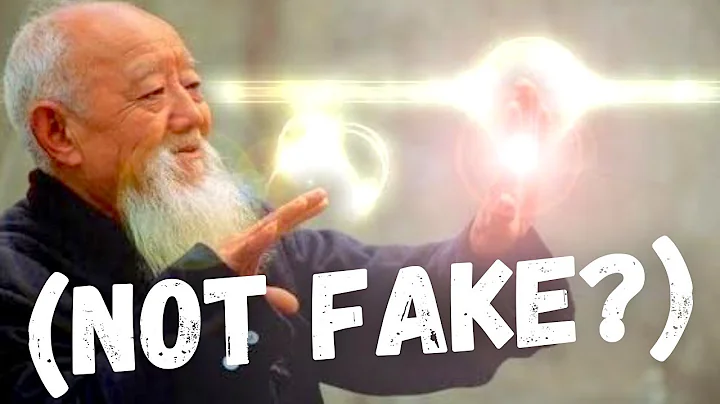1 Anatomical features
is located on the posterior abdominal wall, on both sides of the spine, starting from iliac crest medial half, lateral muscle fibers attached to the medial half of the lower edge of the 12th cost, medial muscle fibers passing inward and upward respectively Two small tendons are connected to the transverse processes of the lumbar vertebrae 1-4.

2Neurovascular
Inferior costal nerve enters the quadratus lumborum from the upper medial end, and branches of the 1-3 lumbar nerves enter the quadratus lumborum from the medial quadratus lumborum to innervate this muscle. The blood supply is provided by the lumbar artery, iliac lumbar artery and subcostal artery, and the blood supply enters the muscle with the nerves that innervate the muscle.

3 Function function
1, unilateral contraction-lateral flexion
br 3-pelvic lift 2 (Straight waist)
4, fix the twelfth rib, assist with vigorous breathing
5, stabilize the upper body posture
6, stabilize the position of the pelvis.

4Clinical significance
Quadratus lumbar muscle strain is very common in clinical practice, and it is also an important cause of chronic low back pain, which may be caused by poor habitual posture, due to prolonged fixed position Posture increases the pressure in the muscles, obstructs the blood supply and causes inflammation and adhesions, and stimulates the corresponding nerves to cause chronic low back pain and even contractures.

Quadratus lumborum self-stretching method

The quadratus lumborum muscle is elongated or shortened due to various reasons.As a result, the tension on both sides of the lumbar spine is unbalanced or reduced, which will inevitably affect the stability of the lumbar spine. Many problems in the lumbar spine area originate from the instability of the lumbar spine, so the quadratus lumborum is one of the muscles that must be paid attention to.
.










